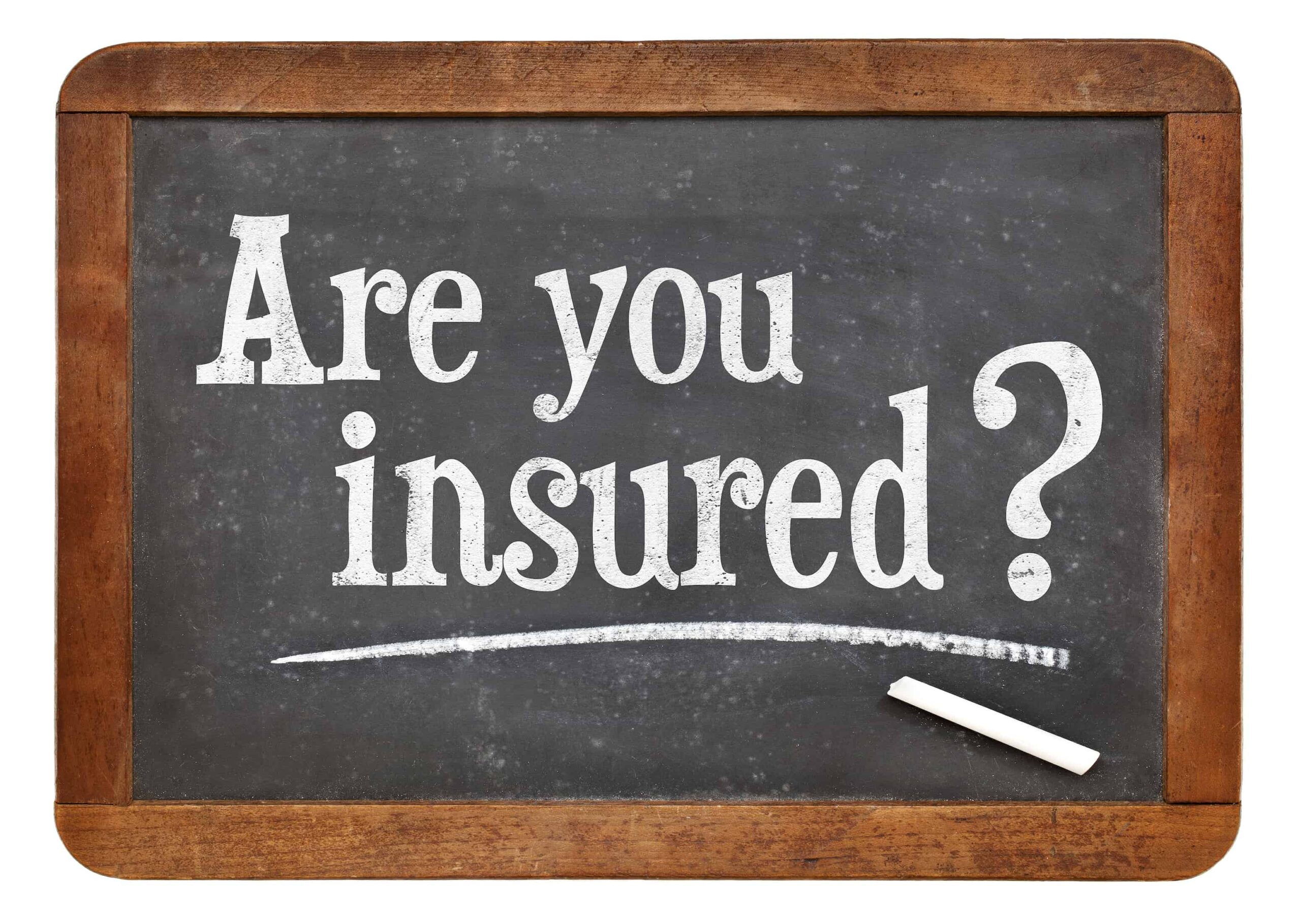Understanding Insurance Fraud
Insurance fraud is an illicit activity with ramifications that extend throughout the industry, affecting both companies and policyholders. Immediate recognition of its forms and mechanisms is crucial for prevention.
Definition and Types
Insurance fraud refers to deliberate deception for unlawful gain within the domain of insurance transactions. It can manifest in various forms:
- Hard Fraud: This involves fabricating a claim or a loss such as a staged accident or arson.
- Soft Fraud: More common, it entails exaggerating existing claims, like inflating the damages after a legitimate accident.
Types of insurance fraud include, but are not limited to:
- Life Insurance Fraud: Faking death or exaggerating a medical condition.
- Health Insurance Fraud: Billing for services not rendered or upcoding services to receive higher payments.
- Auto Insurance Fraud: Staging collisions or claiming for damage not caused by an accident.
- Property Insurance Fraud: Overstating the value of stolen items or damage from an incident.
Common Schemes and Scams
Insurance fraud schemes can be quite sophisticated, involving multiple parties and varying tactics. Some common scams include:
- Ghost Brokers: Selling fake or invalid insurance policies.
- Fraud Rings: Groups colluding to create elaborate scenarios such as staged car accidents.
An understanding of such scams empowers both consumers and insurers to be vigilant. Learn more about the detrimental consequences of fraud to further grasp its impact.
Identifying Fraudulent Activity
Identifying fraudulent activity requires awareness of specific warning signs. Insurers and consumers can look for various red flags, behavioral indicators, and irregularities in documents and procedures to detect fraud.
Red Flags and Anomalies
Patterns of Overutilization: Excessive claims in a short timeframe can signal fraudulent behavior. For example, a policyholder filing multiple claims for the same issue or claiming for a high volume of lost items may be a red flag.
Discrepancies in Information: Mismatched details between a claim and the reported incident, such as times, dates, or locations that don’t add up, can indicate a fabricated event.
Behavioral Indicators
Reluctance to Provide Details: If a claimant hesitates or refuses to share necessary information such as proof of ownership or receipts, it could suggest that they’re trying to commit fraud.
Aggressive Behavior Towards Adjusters: Policyholders who become overly aggressive or pushy about settling a claim quickly may be intentionally trying to avoid scrutiny.
Document and Procedure Irregularities
Forged or Altered Documents: Altered receipts, fake police reports, or documents with inconsistent fonts or handwriting may point to fraudulent activity.
Unusual Procedures: Claims with atypical patterns, such as an insured avoiding certified repair shops or requesting payments to unknown third parties, can be signs of fraud.
Prevention and Reporting
Effective prevention and reporting of insurance fraud hinge on comprehensive measures and accessible reporting systems. Stakeholders must be vigilant and proactive to safeguard against fraudulent activities.
Protective Measures
Organizations should start by verifying customer information at the outset of the relationship. Ensuring applicants are not falsifying information or identities is crucial. They can also look for red flags such as a history of claims or frequent changes in personal details. Implementing robust internal controls, along with software that detects unusual patterns, is an effective line of defense.
- Verification: Confirm identities and documentation.
- Monitoring: Employ advanced analytics to monitor transactions.
- Education: Regularly train employees to recognize fraud indicators.
Reporting Channels
When it comes to reporting fraud, transparency and accessibility are key. Organizations should establish clear channels where suspicions of fraud can be reported. These could range from dedicated hotlines, online portals, or even anonymous reporting mechanisms to encourage whistleblowing without fear of reprisal.
- Hotlines: Dedicated phone lines for immediate assistance.
- Online Forms: Secure portals for detailed incident reporting.
- Email: For those who prefer to provide information digitally and directly.
Entities like state insurance departments and national fraud bureaus also offer resources to report fraud. It is essential for individuals to know they play a vital role in prevention by reporting irregularities they observe.
Frequently Asked Questions
In this section, you’ll find precise answers to the most pressing questions about insurance fraud. These cover common signs, detection methods, state-specific trends, and the consequences of fraudulent activities in the insurance domain.
What are the most common indicators of medical insurance fraud?
The most common indicators of medical insurance fraud include billing for services not rendered, exaggerating services provided, and falsifying a patient’s diagnosis to justify unnecessary tests.
How can you detect fraud in health insurance claims?
Fraud in health insurance claims can often be detected by reviewing billing statements for inconsistencies, ensuring the listed procedures match the treatments provided, and verifying the legitimacy of the healthcare provider.
What are the specific signs of insurance fraud prevalent in states like California and Florida?
In states like California and Florida, the signs of insurance fraud can include an unusual number of claims within a short period, claims that do not align with the demographic data in the area, or a surge in staged accidents.
What typically triggers an insurance fraud investigation?
An insurance fraud investigation is typically triggered by anomalies in the claims process, such as multiple claims from the same address, discrepancies in claim details, or irregularities spotted by anti-fraud technology.
What are some examples of car insurance fraud that consumers should be aware of?
Examples of car insurance fraud consumers should be alert to include staged collisions, overreported damages, and false registration information for lower premiums.
What are the legal consequences for committing insurance fraud?
The legal consequences for committing insurance fraud can range from penalties and fines to incarceration. The severity is often based on the magnitude of the fraud and whether it is classified as a misdemeanor or felony.


